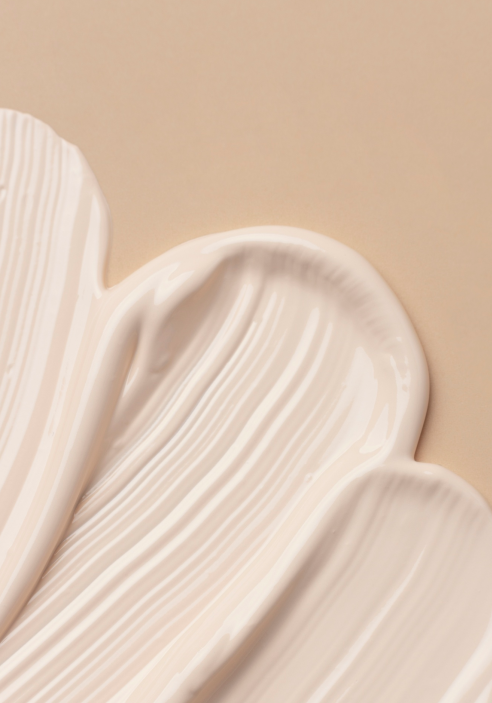Achieving a flawlessly smooth, even surface is a primary goal in coating application, whether for aesthetic appeal or functional performance. One of the most common obstacles to this goal is poor leveling, which can result in visible imperfections like brush marks, orange peel, or craters. A highly effective strategy to overcome these challenges lies in the strategic modification of formulations using specialized surfactants.
Leveling is fundamentally governed by the coating's ability to flow out after application. This process is hindered by high surface tension, which causes the liquid to pull away from valleys and form a curved meniscus, effectively freezing imperfections in place. Surfactants address this issue directly. By migrating to the interfaces between the coating, substrate, and air, they significantly reduce surface tension. This allows the material to flow more freely, enabling gravitational and surface tension forces to smooth out ridges and fill voids before the film sets.
The choice of surfactant chemistry is critical. For water-based coatings, silicone-based and acrylic polymer surfactants are exceptionally effective. They provide excellent surface tension reduction and promote slip and mar resistance. However, their compatibility must be carefully managed to avoid issues like foam or cratering. Fluorosurfactants, while often more costly, are unparalleled in their ability to reduce surface tension to extremely low levels and are particularly effective at preventing cratering and dewetting on difficult substrates.
Beyond reducing surface tension, advanced surfactant technology can also help manage the rheological profile of the coating. The ideal scenario is a formulation that is viscous during storage and application to prevent sagging, but which undergoes a temporary reduction in viscosity immediately after shear is applied (thixotropy) to allow for leveling. Certain surfactant chemistries can interact with thickeners and other components to optimize this balance, ensuring the coating holds its shape on a vertical surface while still flowing out to eliminate application marks.
Successful implementation requires more than just adding a surfactant; it demands a holistic approach. Factors such as compatibility with resins, substrate wetting, defoaming needs, and the potential for surfactant migration must all be considered. Over-modification can lead to side effects like foam stabilization, reduced intercoat adhesion, or water sensitivity. Therefore, methodical testing at use-levels is essential to identify the optimal product and concentration for a specific formulation.
In summary, the strategic use of surfactants represents a powerful tool for formulators seeking to enhance coating quality. By precisely lowering surface tension and optimizing flow characteristics, surfactant modification directly tackles the root causes of poor leveling. This leads to superior final film appearance, enhanced performance properties, and increased customer satisfaction, making it a cornerstone of modern high-performance coating development.


